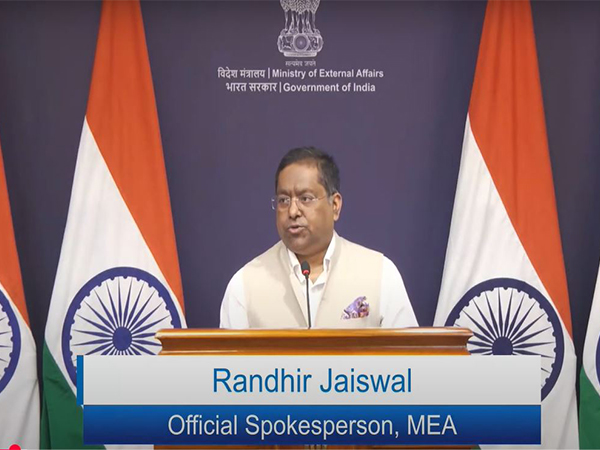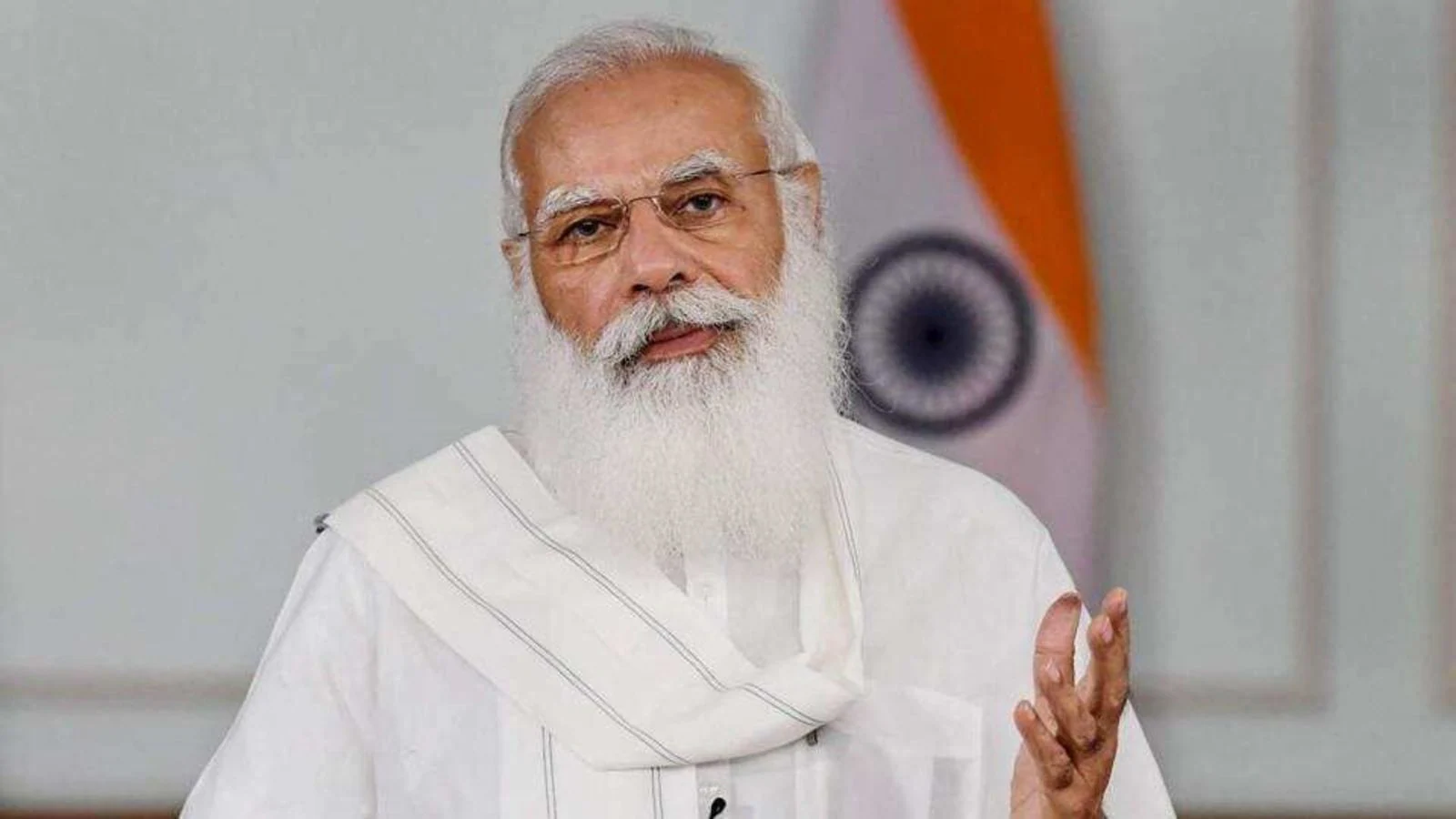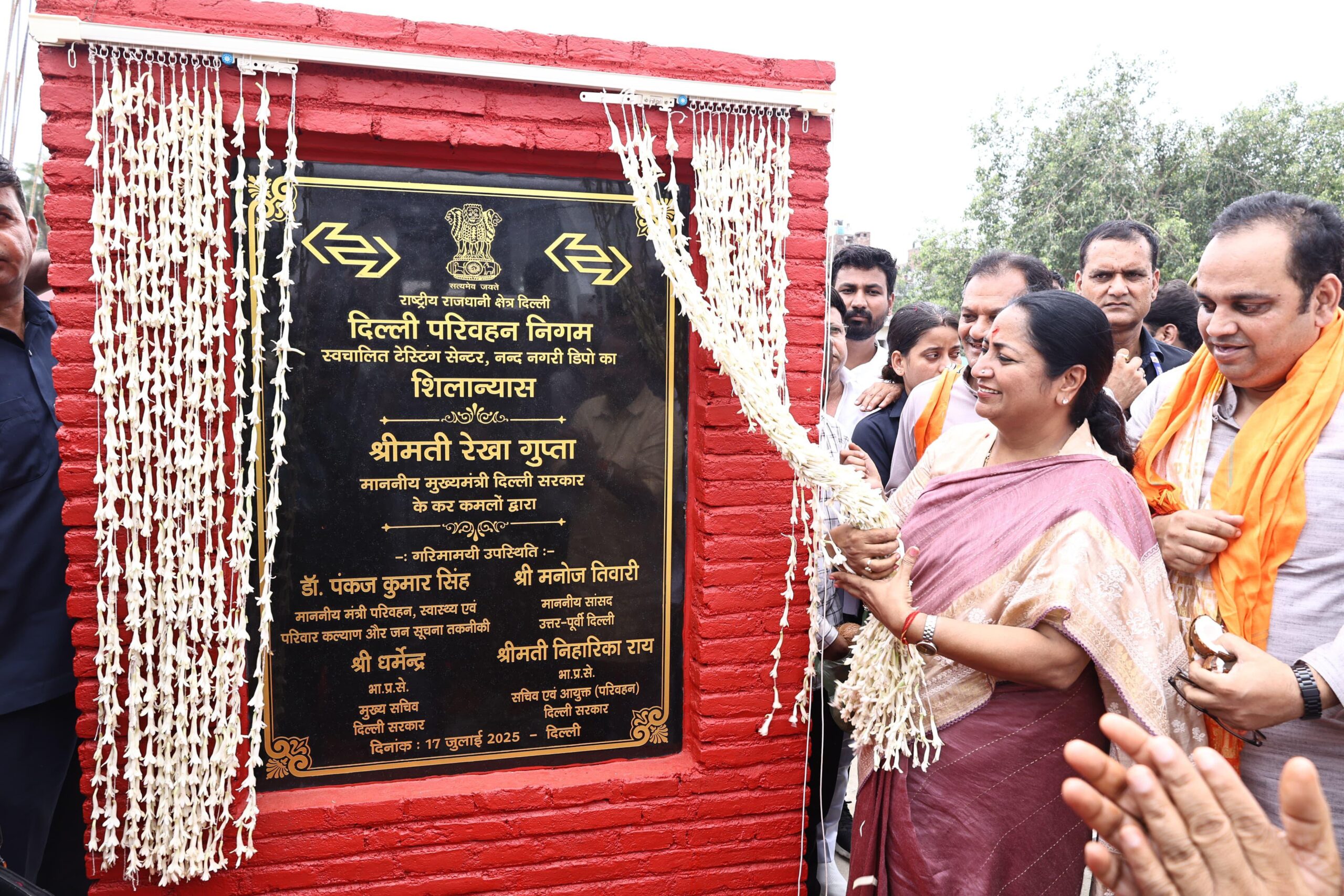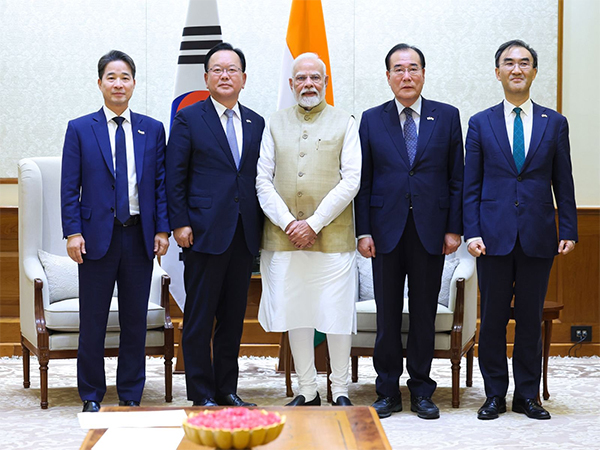The global financial landscape is constantly evolving, with discussions around de-dollarisation gaining traction, particularly within blocs like BRICS (Brazil, Russia, India, China, South Africa). However, India has consistently maintained a clear and pragmatic position, reaffirming that de-dollarisation is neither its policy nor a primary agenda item for the BRICS group. This India’s BRICS Stance underscores a commitment to global economic stability and a strategic focus on the internationalisation of its own currency, the Rupee, rather than a wholesale abandonment of the US dollar.
India’s Consistent Position on De-Dollarisation
India’s External Affairs Minister, S. Jaishankar, has repeatedly articulated the nation’s perspective on this critical issue. Key aspects of India’s BRICS Stance include:
- No Policy to Replace the Dollar: India views the US dollar’s role as a reserve currency as a source of international economic stability. In a world grappling with various economic uncertainties, India prioritizes stability and sees no compelling reason to actively work towards replacing the dollar.
- Diverse BRICS Views: Contrary to some assumptions, Jaishankar has clarified that there isn’t a unified BRICS position against the dollar. Member countries hold diverse views on the matter, reflecting their individual economic interests and strategic priorities. This diversity makes a collective, radical shift away from the dollar improbable for the bloc as a whole.
- Pragmatic Approach: India’s approach is characterized by pragmatism rather than ideology. While some nations within BRICS, notably Russia and China, have openly advocated for de-dollarisation, India has opted for a measured path.
Why This India’s BRICS Stance? Factors Influencing India’s Decision
Several factors contribute to India’s BRICS Stance on de-dollarisation:
- Global Economic Stability: The dollar’s dominance contributes to a certain level of predictability and liquidity in international trade and finance. Disrupting this stability without a robust, universally accepted alternative could introduce significant volatility, which India seeks to avoid.
- Limited Utility of a BRICS Currency: The idea of a common BRICS currency has been floated but faces immense practical challenges. Unlike the European Union, BRICS lacks a common market, unified trade policy, or a deeply integrated economic framework. A new, restricted-use currency would offer limited utility for India, whose trade extends far beyond the BRICS bloc.
- Strategic Autonomy: India values its strategic autonomy and is wary of any economic arrangement that might inadvertently tilt strategic leverage towards certain partners within the bloc, particularly amidst geopolitical complexities. Maintaining flexibility in its monetary and trade policies is crucial for India’s independent foreign policy.
- Existing Trade Interests: The dollar’s role as a global reserve currency and its near-universal acceptance effectively serve India’s diverse trade interests worldwide. While India trades substantially with BRICS nations, a significant portion of its global trade relies on established dollar-denominated systems.
The BRICS Agenda: Beyond De-Dollarisation
While de-dollarisation often captures headlines, the broader BRICS agenda encompasses a wider range of objectives that align with India’s BRICS Stance:
- Multipolar Global Order: BRICS aims to foster a more inclusive and balanced global order, amplifying the voice of the Global South in institutions traditionally dominated by a few. This involves pushing for reforms in global governance institutions like the UN Security Council, WTO, IMF, and World Bank.
- Strengthening Economic Cooperation: The bloc focuses on enhancing economic, trade, and financial cooperation among members. This includes exploring mechanisms for local currency trade and smooth cross-border payments to promote greater market efficiency. India actively supports these bilateral and limited local currency trade mechanisms, particularly with countries facing dollar shortages, to maintain trade momentum.
- Inclusive Development: BRICS is committed to inclusive development, addressing issues like poverty, hunger, climate action, and social and human development.
- Counterbalance to G7: BRICS is increasingly viewed as a rising force in global economics and politics, serving as a counterbalance to traditional blocs like the G7.
India’s Focus: Internationalisation of the Rupee
Instead of actively pursuing de-dollarisation, India’s strategy centers on promoting the internationalisation of its own currency, the Rupee. This proactive approach involves:
- Expanding Rupee-Based Transactions: India has established mechanisms for rupee-based transactions with several countries, particularly those facing a shortage of hard currency, making trade settlements more convenient.
- Facilitating Trade: This move aims to facilitate trade and reduce transaction costs, contributing to India’s economic globalisation.
- Not a Challenge to the Dollar: India clarifies that its push for Rupee internationalisation is not an attempt to undermine the dollar’s dominance but rather a step towards creating a more diversified and resilient global financial system.
Conclusion: A Balanced and Strategic India’s BRICS Stance
India’s BRICS Stance on de-dollarisation is a testament to its pragmatic and balanced foreign economic policy. By reaffirming that de-dollarisation is not on the BRICS agenda, India underscores its commitment to global financial stability while strategically advancing the internationalisation of the Rupee. This approach allows India to leverage the BRICS platform for multilateral diplomacy, amplify the concerns of the Global South, and strengthen economic cooperation, without jeopardizing its strategic autonomy or contributing to global financial instability. For India, the future lies in reshaping the financial world to reflect a more equitable order where all voices are heard, rather than rejecting the dollar outright.
Discover more from RastriyaSamachar24x7
Subscribe to get the latest posts sent to your email.




